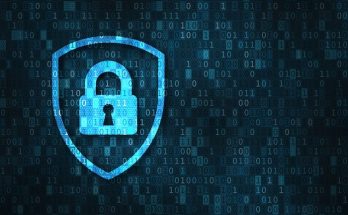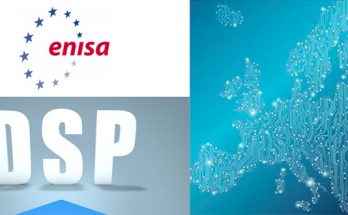Table of Contents
Effective security policies build the foundation of the entire security approach of your organization. These procedures should reflect your corporate environment and should be in balance with your business practices. More so, security policies are the breathing, living elements of any active organization.
However, they need careful outlining, implementation, and ongoing observation to bring out the most significant value to your organization. Here is a short guide in developing a good security policy.
Planning Policy Sections
The first step in information security policy development is taking a risk assessment to determine areas of concern. A policy will use the information discovered in the evaluation to define its purpose, explain the scope of the system, show responsible departments and individuals, and comprise a method of regulating compliance.
Defining the Purpose
It would be best if you had a continuity plan that will affect a lot of sections in your business, such as communication, technology, electric power, staff planning, engineering, and many more. On the other hand, the users must understand the policy, and they need continuous training as well. It is a known fact that vulnerabilities and threats are also continuously evolving; the more reason why you should revisit these policies often.
Legal Security Measurement
Regardless of your data location, holdings, and jurisdiction, you may be required to adhere to particular minimum criteria to secure the integrity and privacy of your data, mainly if your company carries personal information. Further, having a feasible and documented security policy in place is one way of relieving any liabilities that might incur during a security breach.
Fixing Vulnerabilities
Some companies establish information security using a provisional approach, giving it to educated users. Companies who are doing this can usually experience virus attacks, encounter server downtime, and have those workstations damaged by malware regularly.
Not to mention, there are various types of attacks, such as password hacking, keylogging, phishing, or the Trojan virus that can spy databases of passwords as well as credit card numbers. The success of any of these practices can give a substantial loss of a company's assets and a negative impression on its reputation.
To avoid such attacks, a company should always have firewalls installed within their system. IT personnel responsible for such tools should also be briefed in case of data breaches. For personal applications or home use, there are apps available online such as firewall freeware, VPNs, and other security tools that can make it close to impossible for others to access or retrieve data.
Policy Implementation and Assessment
After spending a substantial amount of time and effort in developing the right security policies, you should be able to know if your members understand and follow them.
This portion includes techniques and practices, and these can be used to provide you signs of the effectiveness of the policy or help you determine possible openings for security breaches. These approaches can also be used to help identify areas where policy awareness training and additional security is needed.
Constant Monitoring
It is essential to continuously review and monitor the above steps for development as new threats are always on the rise. Believe it or not, corporate espionage is a very real threat that can derail the progress of a company. People who engage in such activities are often paid huge amounts of money.
Access to such funds can help these criminals to have the most updated tools at their disposal. This fact is the reason companies and even private individuals need to have constant updates with their security systems. When a system becomes outdated, lots of vulnerabilities arise.
Furthermore, controls have to be changed to minimize any other risks introduced. As time passes by, it is critical to maintaining the relevance of the policies. Thus, the organization may establish new procedures and remove any old policies when necessary.
Monitoring Online Activity/Presence
Most of the time, there are also practices that a person can do which can actually jeopardize their information online. For example, uploading a simple photo of you on the beach can tell your relatives and friends that you're having fun. It can also tell other people in your friend list that you're away from home. Although there's a slim chance of it from happening, some of these people can be thieves stalking your profile.
This kind of update is what criminals are waiting for. To avoid such privacy leaks, make sure that your privacy settings are up to date. You should also check to see if all of the people in your social media accounts are real people and that you know them on a personal level.
Companies should also be wary of their social media presence. Nowadays, social media is a huge platform for almost every company that wants to have an easier time reaching their target audience. A “hacked” social media account can spell trouble for a company’s online image, making security systems a must-have for companies.
Takeaway
The security policy plays a significant role in protecting the information, environmental technology, resources, and assets of the company. Corporations often rely on their assets to become successful. These assets are treated as secrets. If put in the wrong hands, this sensitive information could lead to a devastating outcome for a company.
On a personal approach, honest activities such as uploading photos and using your information online is a common thing nowadays. However, do note that criminals can be stalking your profile to gather whatever information from you. To avoid such things from happening, always be vigilant, and have an updated security system.



